Home>Gardening & Outdoor>Pool & Spa Care>How Does A Hot Tub Pump Work
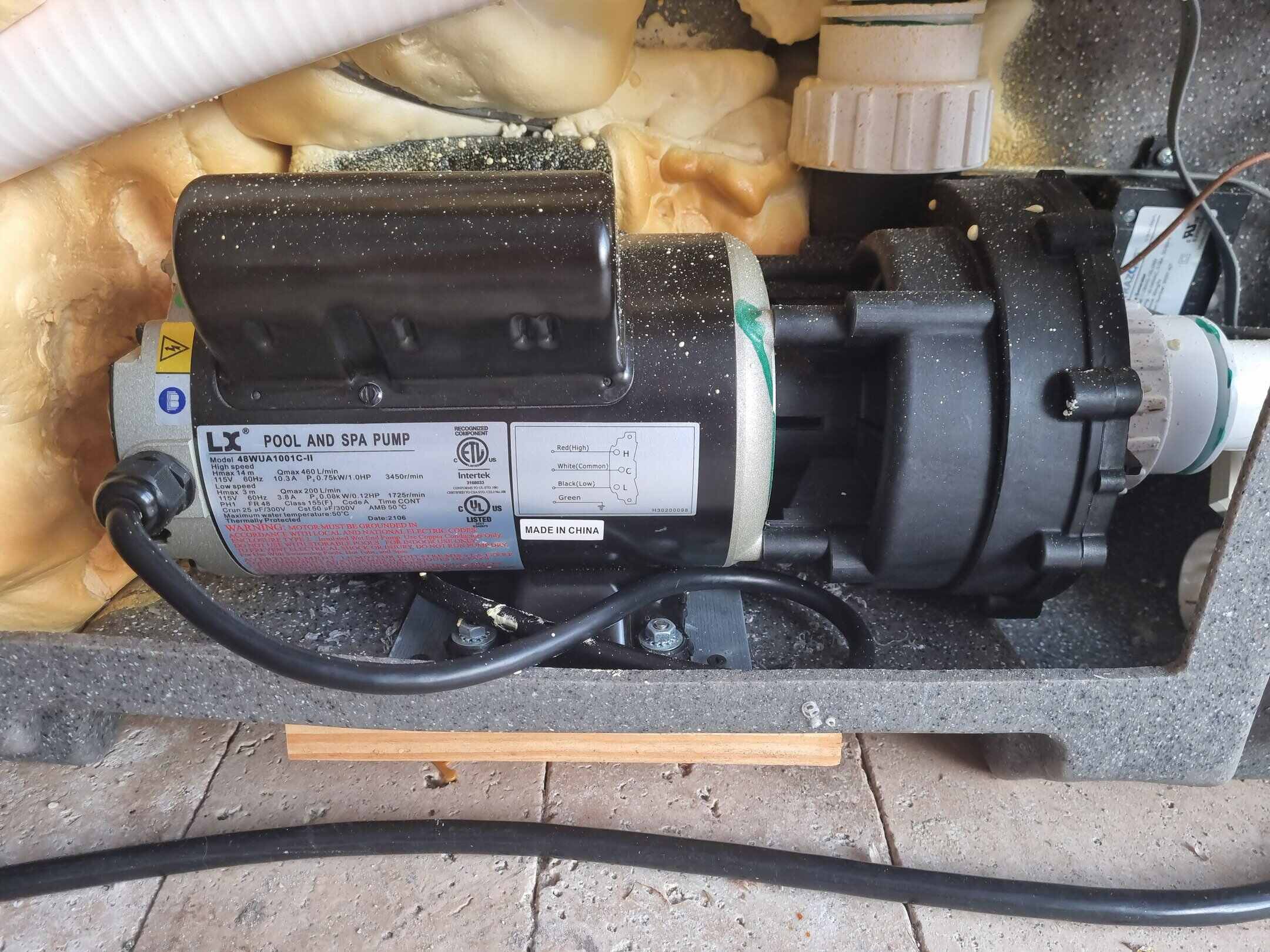

Pool & Spa Care
How Does A Hot Tub Pump Work
Modified: January 3, 2024
Discover how a hot tub pump works and the importance of proper maintenance for pool and spa care. Learn about the key components and functions.
(Many of the links in this article redirect to a specific reviewed product. Your purchase of these products through affiliate links helps to generate commission for Storables.com, at no extra cost. Learn more)
Introduction
So, you've decided to invest in a hot tub to create your own personal oasis of relaxation and hydrotherapy. One of the key components that keep your hot tub running smoothly is the hot tub pump. This vital piece of equipment plays a crucial role in ensuring that your hot tub water stays clean, clear, and properly circulated. Understanding how a hot tub pump works can help you appreciate its significance and ensure that it continues to function optimally.
In this article, we'll delve into the inner workings of a hot tub pump, exploring its components, mechanisms, types, and maintenance requirements. By the end, you'll have a comprehensive understanding of how a hot tub pump operates and how to keep it in top condition for years of enjoyment. Let's dive in and uncover the fascinating world of hot tub pump technology!
Key Takeaways:
- Hot tub pumps use motors and impellers to circulate and heat water, ensuring a clean and relaxing spa experience. Regular maintenance, like cleaning the strainer basket and checking electrical components, is crucial for optimal performance.
- Different types of hot tub pumps, such as single-speed and variable-speed, offer unique benefits to suit various spa setups. Understanding the pump’s components and working mechanism empowers owners to make informed decisions and enjoy years of spa relaxation.
Read more: How Does An Inflatable Hot Tub Work
Components of a Hot Tub Pump
A hot tub pump comprises several essential components that work together to keep the water flowing and maintain the desired temperature. Understanding these components can provide insight into the pump’s functionality and help in identifying any potential issues. Here are the key components of a hot tub pump:
- Motor: At the heart of the hot tub pump is the motor, which powers the entire system. Typically, hot tub pumps feature electric motors that are designed to withstand the demanding conditions of a wet and humid environment. The motor drives the impeller, creating the necessary water circulation for filtration and heating.
- Impeller: The impeller is a crucial part of the pump that is directly connected to the motor shaft. Its primary function is to generate water flow by spinning rapidly within the pump housing. As the impeller rotates, it creates a suction force that draws water into the pump and then expels it through the filtration system and heater.
- Pump Housing: The pump housing encases the motor and impeller, providing protection and support for these vital components. It also contains the inlet and outlet ports through which water enters and exits the pump. The housing is designed to withstand water pressure and temperature fluctuations, ensuring long-term durability.
- Seals and Gaskets: To prevent water leakage and maintain a watertight seal, hot tub pumps are equipped with seals and gaskets. These components help to keep the water contained within the pump, preventing damage to the motor and other internal parts. Regular inspection and replacement of seals and gaskets are essential for preventing leaks and maintaining pump efficiency.
- Strainer Basket: Positioned within the pump housing, the strainer basket serves as a filter to trap debris and prevent it from entering the pump. It plays a critical role in preserving the integrity of the pump and other connected components. Regular cleaning of the strainer basket is necessary to ensure unobstructed water flow and prevent clogs.
- Electrical Components: Hot tub pumps incorporate various electrical elements, including wiring, capacitors, and relays, to facilitate the motor’s operation. These components are crucial for controlling the pump’s speed, direction, and power consumption. Proper maintenance and periodic inspection of electrical connections are essential to prevent malfunctions and ensure safe operation.
By familiarizing yourself with these components, you can gain a deeper understanding of how a hot tub pump functions and identify potential issues that may arise. Now that we’ve explored the key components, let’s delve into the intricate working mechanism of a hot tub pump.
Working Mechanism of a Hot Tub Pump
Understanding the working mechanism of a hot tub pump unveils the intricate process that keeps your spa water clean, heated, and properly circulated. The pump’s operation is a carefully orchestrated sequence of events that begins with the activation of the motor and culminates in the delivery of rejuvenating, crystal-clear water. Here’s a step-by-step breakdown of the working mechanism of a hot tub pump:
- Motor Activation: When the hot tub is turned on, the motor within the pump is activated, initiating the pump’s operation. The motor’s power drives the impeller, setting the entire system in motion.
- Impeller Action: As the motor spins the impeller at high speed, the impeller generates a powerful suction force. This force draws water from the hot tub through the pump’s inlet port, initiating the circulation process.
- Water Filtration: The incoming water passes through the strainer basket, where debris and contaminants are captured, preventing them from entering the pump and causing potential damage. The filtered water then moves into the pump housing, ready for the next stage of the process.
- Impelled Circulation: Within the pump housing, the impeller propels the filtered water with considerable force, expelling it through the outlet port. This pressurized water flow is directed into the hot tub’s filtration system, where it undergoes further purification to remove impurities and maintain water clarity.
- Heating Process: After filtration, the water is directed through the hot tub’s heating element, where it is heated to the desired temperature. The heated water is then reintroduced into the hot tub, contributing to the overall warmth and comfort of the spa experience.
- Continuous Circulation: The entire process of water intake, filtration, circulation, and heating continues as long as the hot tub is in operation, ensuring a consistent flow of clean, warm water for relaxation and hydrotherapy.
This seamless and continuous operation of the hot tub pump is essential for maintaining water quality, preventing stagnation, and enabling the efficient functioning of the spa’s filtration and heating systems. Now that we’ve explored the working mechanism, let’s delve into the various types of hot tub pumps available and their unique characteristics.
Regular maintenance of your hot tub pump is essential to keep it working efficiently. This includes cleaning the filter, checking for any leaks, and ensuring the water level is correct.
Types of Hot Tub Pumps
Hot tub pumps come in various types, each offering distinct features and performance capabilities to cater to different spa setups and user preferences. Understanding the different types of hot tub pumps can help you make an informed decision when selecting or replacing a pump for your spa. Here are the primary types of hot tub pumps:
- Single-Speed Pumps: Single-speed pumps are the traditional standard for hot tub circulation. They operate at a fixed speed, providing consistent water flow and filtration. While they are reliable and cost-effective, they lack the energy efficiency and customization options found in variable-speed pumps.
- Variable-Speed Pumps: Variable-speed pumps offer enhanced control and energy efficiency. These pumps allow users to adjust the motor’s speed to suit specific circulation and filtration needs. By operating at different speeds, variable-speed pumps can optimize energy usage and reduce operating costs, making them a popular choice for eco-conscious spa owners.
- Two-Speed Pumps: Two-speed pumps combine the benefits of single-speed and variable-speed pumps. They feature two speed settings, typically high and low, providing flexibility in water circulation and energy consumption. Two-speed pumps offer a balance between energy efficiency and performance, making them a versatile option for hot tub owners.
- High-Flow Pumps: High-flow pumps are designed to deliver exceptional water circulation and hydraulic performance. These pumps are ideal for larger hot tubs or those with complex plumbing systems that require robust water movement. High-flow pumps ensure efficient filtration and heating, maintaining optimal water quality in demanding spa environments.
- Low-Flow Pumps: Low-flow pumps are tailored for smaller hot tubs or those with minimal water circulation requirements. These pumps are characterized by their energy-efficient operation and suitability for compact spa setups. Low-flow pumps provide gentle yet effective water circulation, making them a suitable choice for intimate or space-constrained hot tubs.
Each type of hot tub pump offers unique advantages and is designed to meet specific performance needs. When choosing a hot tub pump, consider factors such as spa size, water volume, plumbing configuration, and desired energy efficiency to determine the most suitable pump type for your hot tub. Now, let’s explore the crucial aspect of maintaining and caring for your hot tub pump to ensure its longevity and optimal performance.
Maintenance of Hot Tub Pumps
Proper maintenance is essential for ensuring the longevity and efficient operation of your hot tub pump. Regular care and attention to the pump and its associated components can prevent issues, extend its lifespan, and contribute to a consistently enjoyable spa experience. Here are key maintenance practices to keep your hot tub pump in optimal condition:
- Regular Inspection: Periodically inspect the pump, motor, impeller, and housing for any signs of wear, damage, or corrosion. Check for loose connections, unusual noises, or excessive vibration during operation, as these may indicate underlying issues that require attention.
- Cleaning the Strainer Basket: The strainer basket plays a critical role in preventing debris from entering the pump. Clean the strainer basket regularly to remove any accumulated debris or contaminants that could obstruct water flow and strain the pump’s motor and impeller.
- Seal and Gasket Maintenance: Ensure that the seals and gaskets are intact and free from wear or deterioration. Replace any damaged or worn seals and gaskets to maintain a watertight seal and prevent leaks that could compromise the pump’s performance.
- Water Chemistry Management: Properly balance the hot tub water chemistry to prevent scale buildup, corrosion, and other issues that can affect the pump and its components. Maintain the appropriate pH, alkalinity, and sanitizer levels to safeguard the pump and prolong its lifespan.
- Lubrication of Moving Parts: Apply lubrication to the motor bearings and other moving parts as recommended by the manufacturer. Proper lubrication reduces friction, minimizes wear, and ensures smooth operation of the pump’s internal components.
- Electrical System Check: Inspect the electrical components, including wiring, capacitors, and relays, for any signs of damage or overheating. Ensure that electrical connections are secure and free from corrosion, and address any electrical issues promptly to prevent potential hazards.
- Professional Servicing: Schedule periodic professional servicing and maintenance checks for your hot tub pump. Qualified technicians can perform thorough inspections, identify potential issues, and provide expert recommendations for optimizing the pump’s performance and longevity.
By incorporating these maintenance practices into your hot tub care routine, you can safeguard your pump against premature wear and malfunctions, ensuring reliable performance and uninterrupted enjoyment of your spa. Now, armed with a comprehensive understanding of hot tub pump maintenance, you’re well-equipped to uphold the efficiency and longevity of your hot tub’s vital circulation system.
Read more: How A Hot Tub Works
Conclusion
Exploring the inner workings of a hot tub pump has unveiled the intricate technology that powers the circulation, filtration, and heating of your spa water. From its essential components to the seamless working mechanism, the hot tub pump plays a pivotal role in maintaining a clean, rejuvenating environment for relaxation and hydrotherapy. Understanding the types of hot tub pumps and the importance of regular maintenance empowers you to make informed decisions and ensure the long-term performance of your spa’s circulation system.
As you embark on your hot tub ownership journey, remember that the care and attention you invest in your hot tub pump directly impact its efficiency and longevity. By incorporating regular maintenance practices, such as inspection, cleaning, and proper water chemistry management, you can uphold the optimal performance of your pump and enjoy a consistently delightful spa experience.
Whether you opt for a single-speed, variable-speed, two-speed, high-flow, or low-flow pump, each type offers unique benefits tailored to specific spa requirements. By selecting the most suitable pump type for your hot tub and adhering to diligent maintenance routines, you can ensure that your spa’s vital circulation system operates at its best, providing you with years of relaxation and rejuvenation.
Armed with the knowledge gained from this exploration of hot tub pump technology, you’re well-prepared to make informed decisions, implement effective maintenance practices, and savor the countless benefits of a well-maintained and efficiently operating hot tub pump. May your spa adventures be filled with tranquility, comfort, and the soothing embrace of crystal-clear, perfectly circulated water.
Frequently Asked Questions about How Does A Hot Tub Pump Work
Was this page helpful?
At Storables.com, we guarantee accurate and reliable information. Our content, validated by Expert Board Contributors, is crafted following stringent Editorial Policies. We're committed to providing you with well-researched, expert-backed insights for all your informational needs.
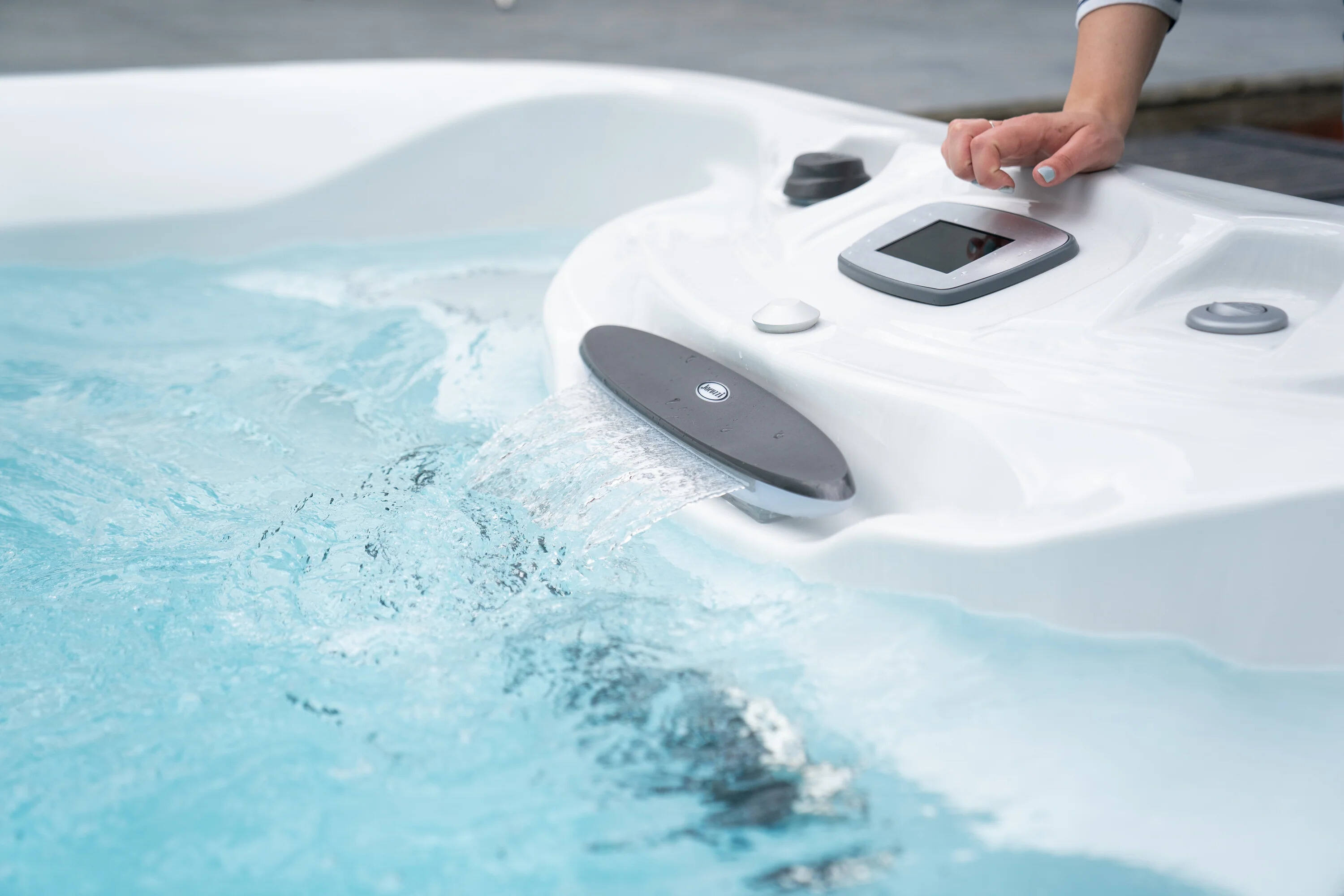
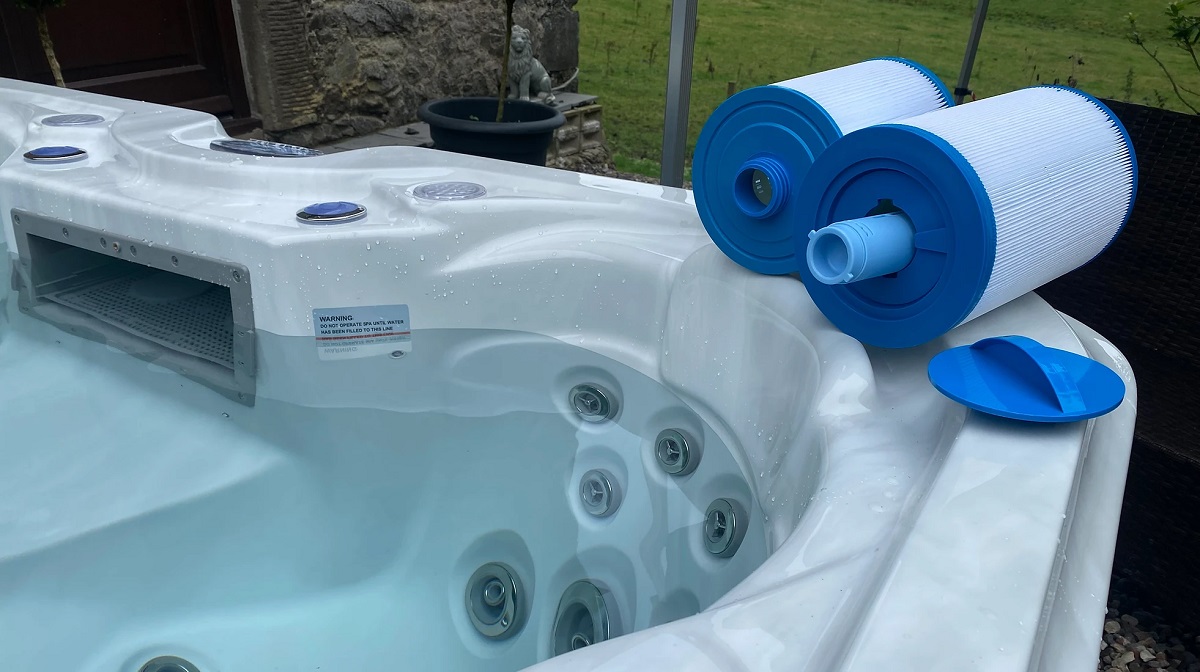
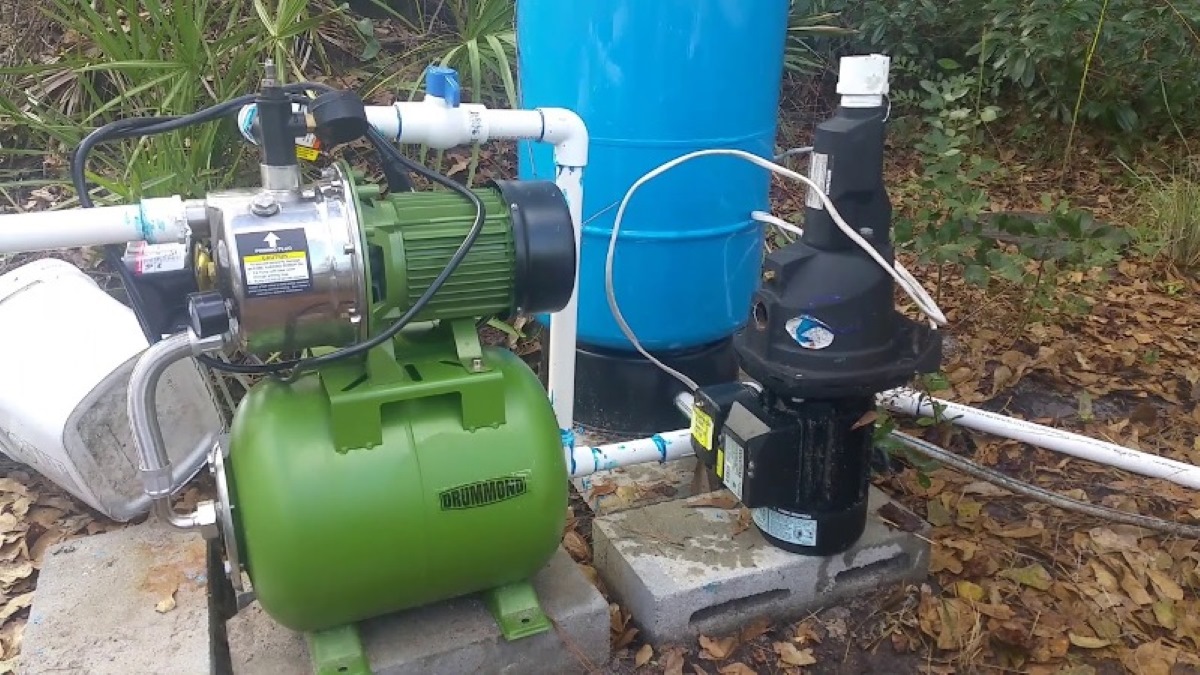
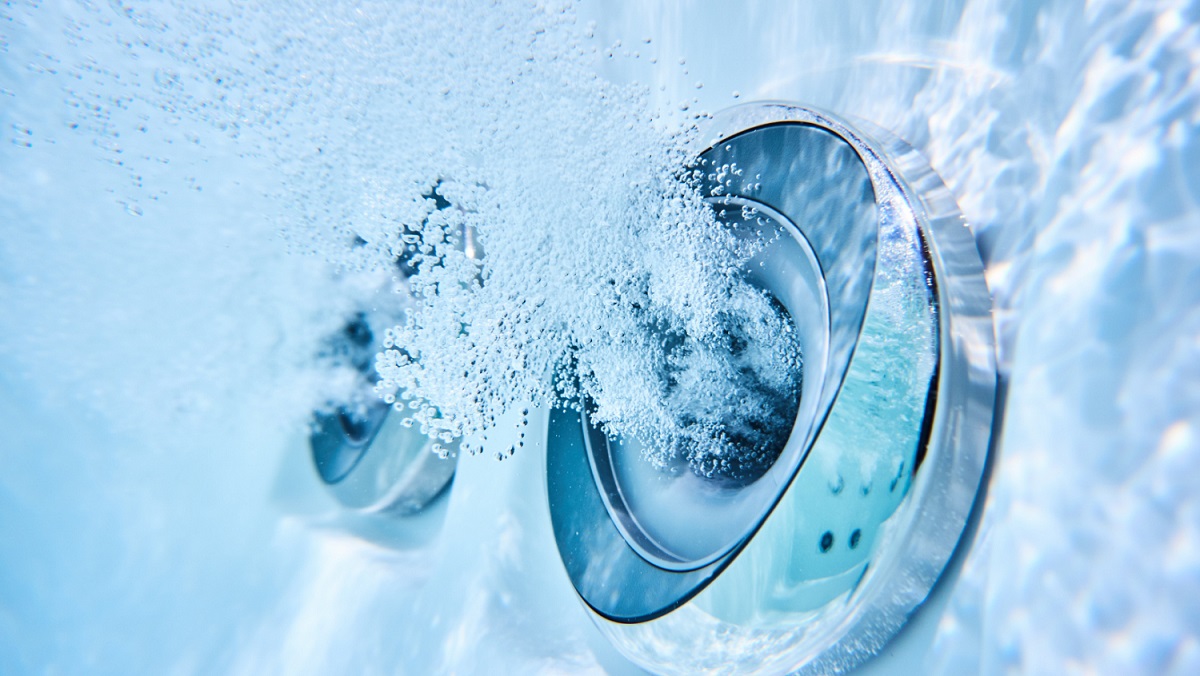
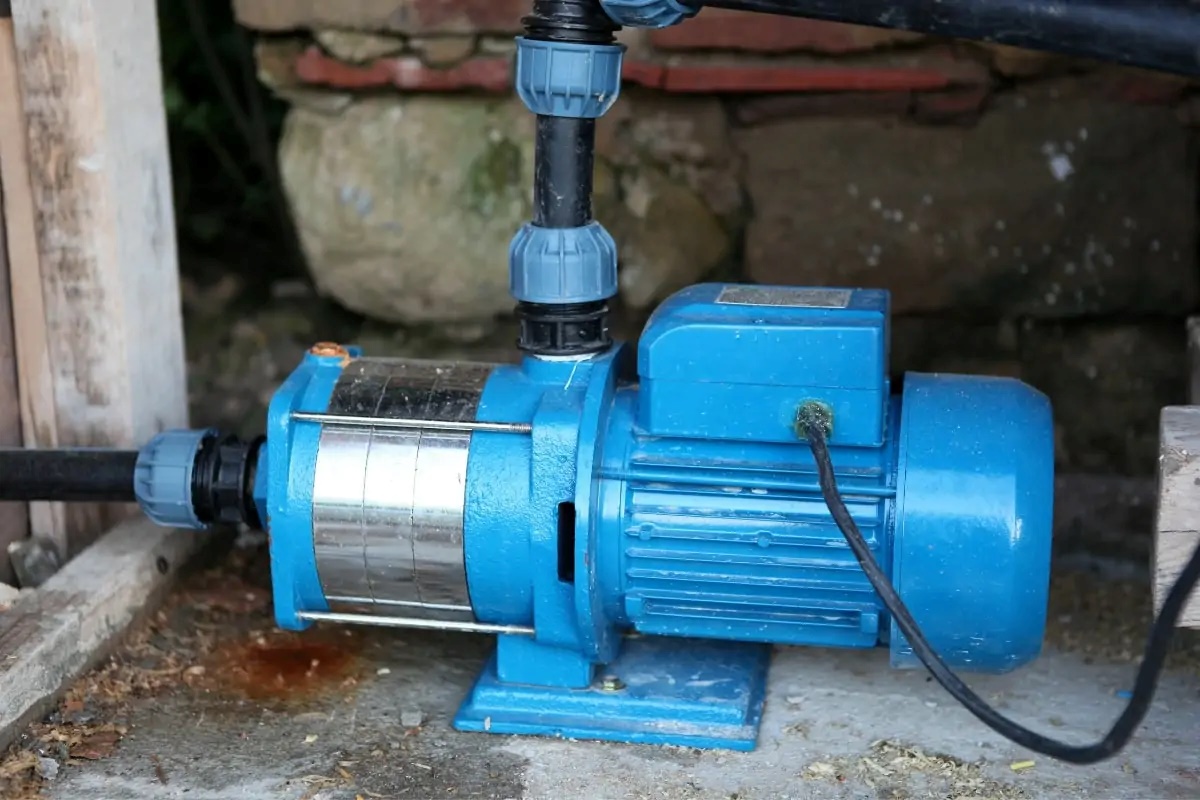
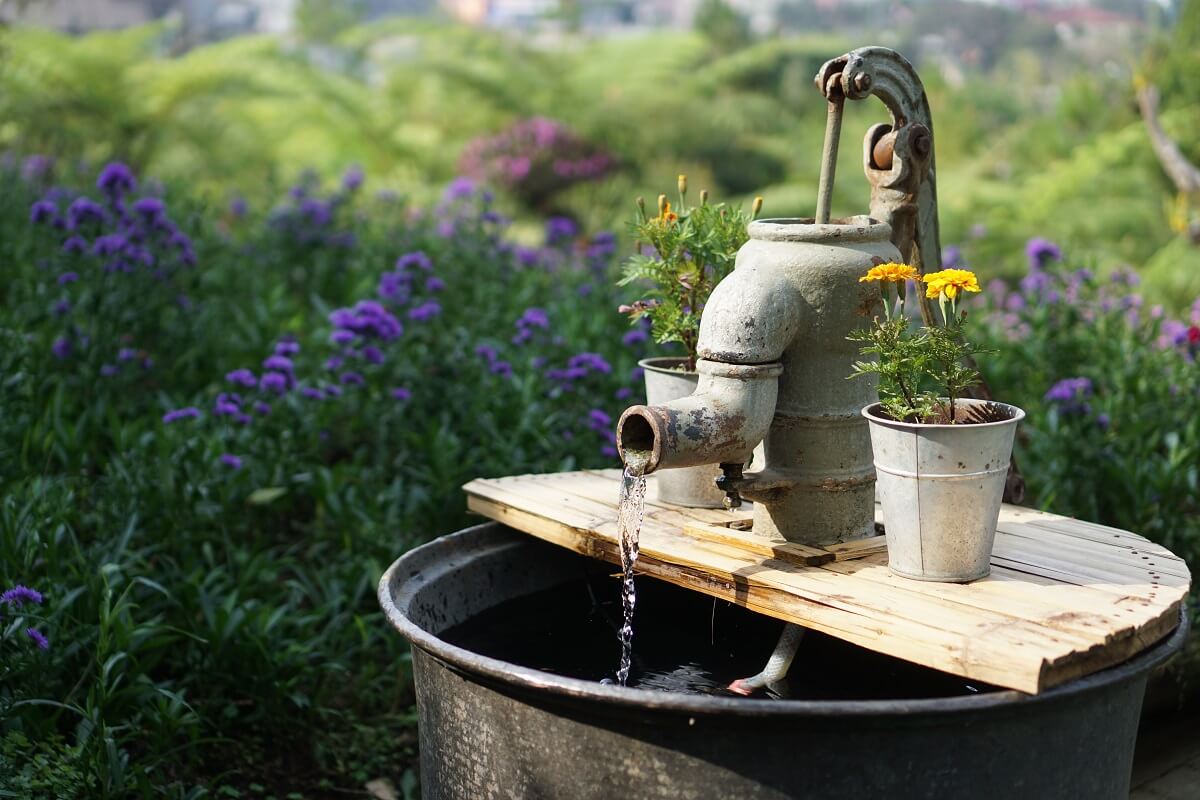
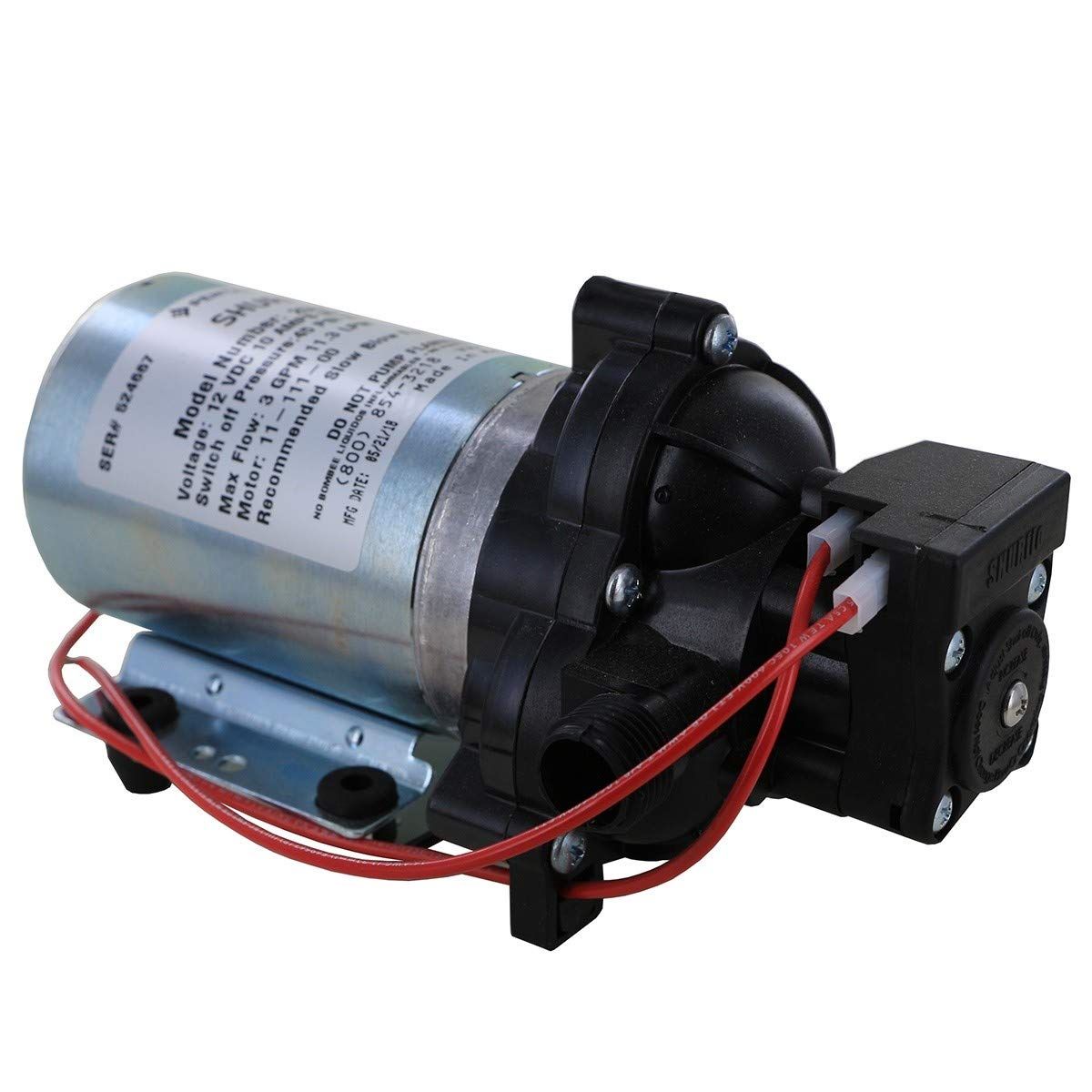
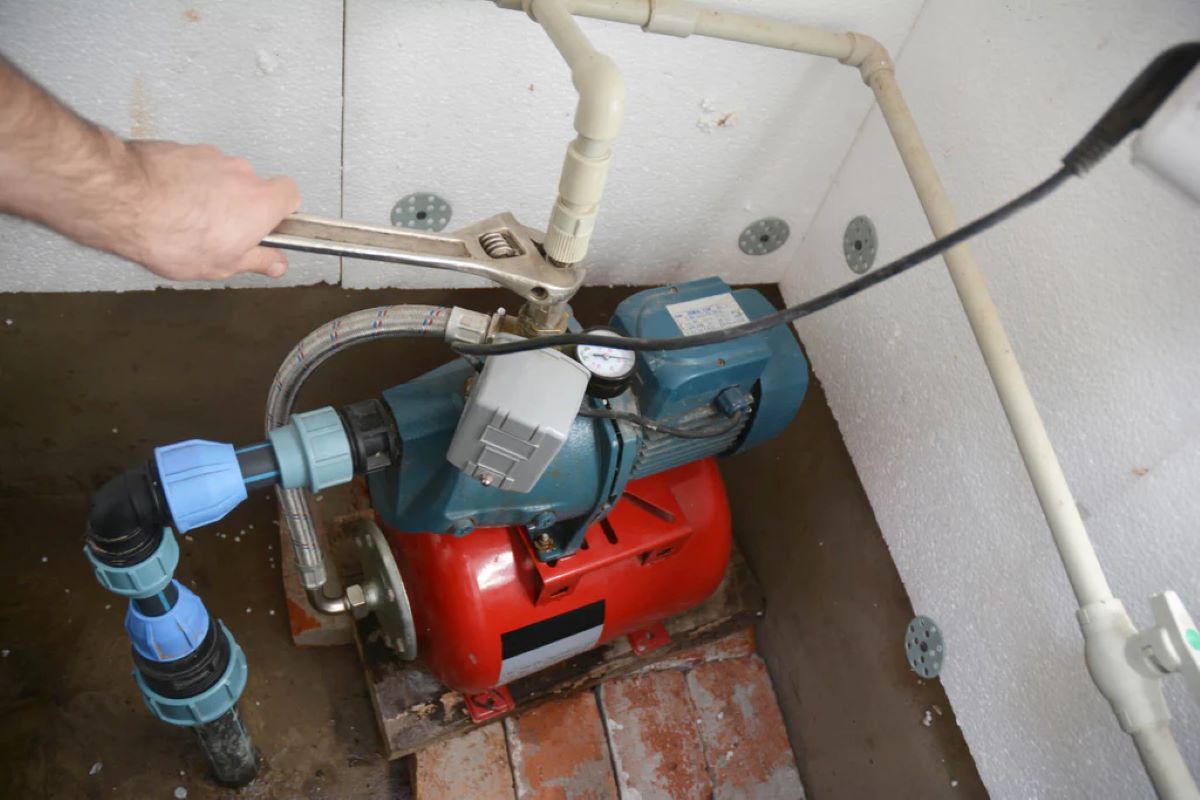
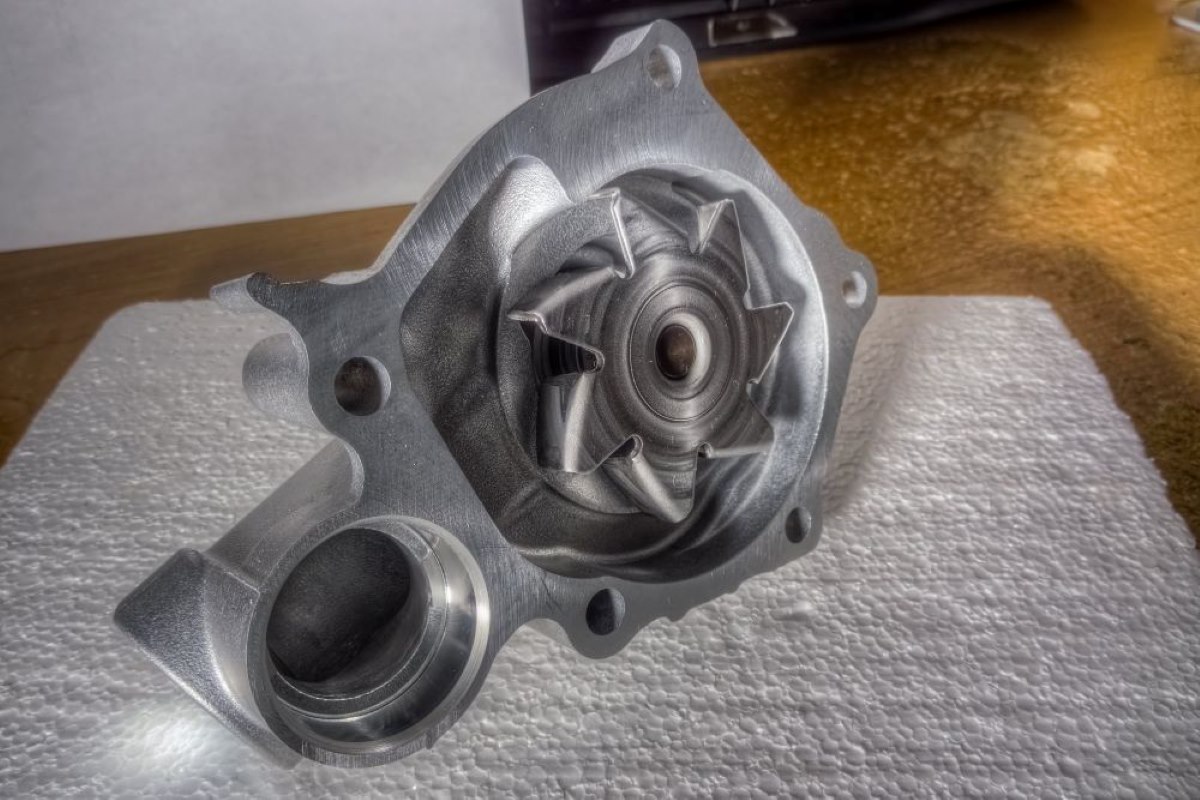
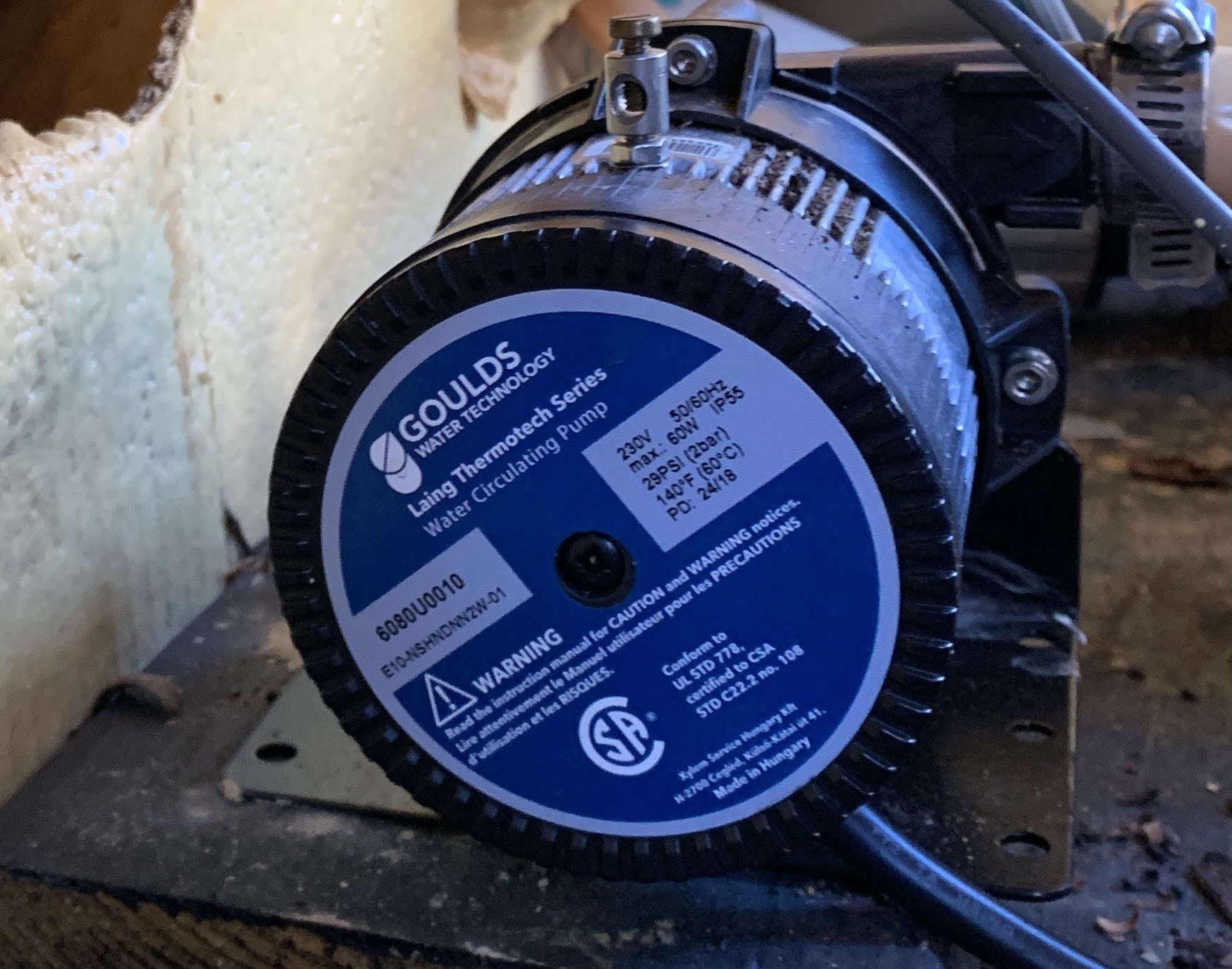
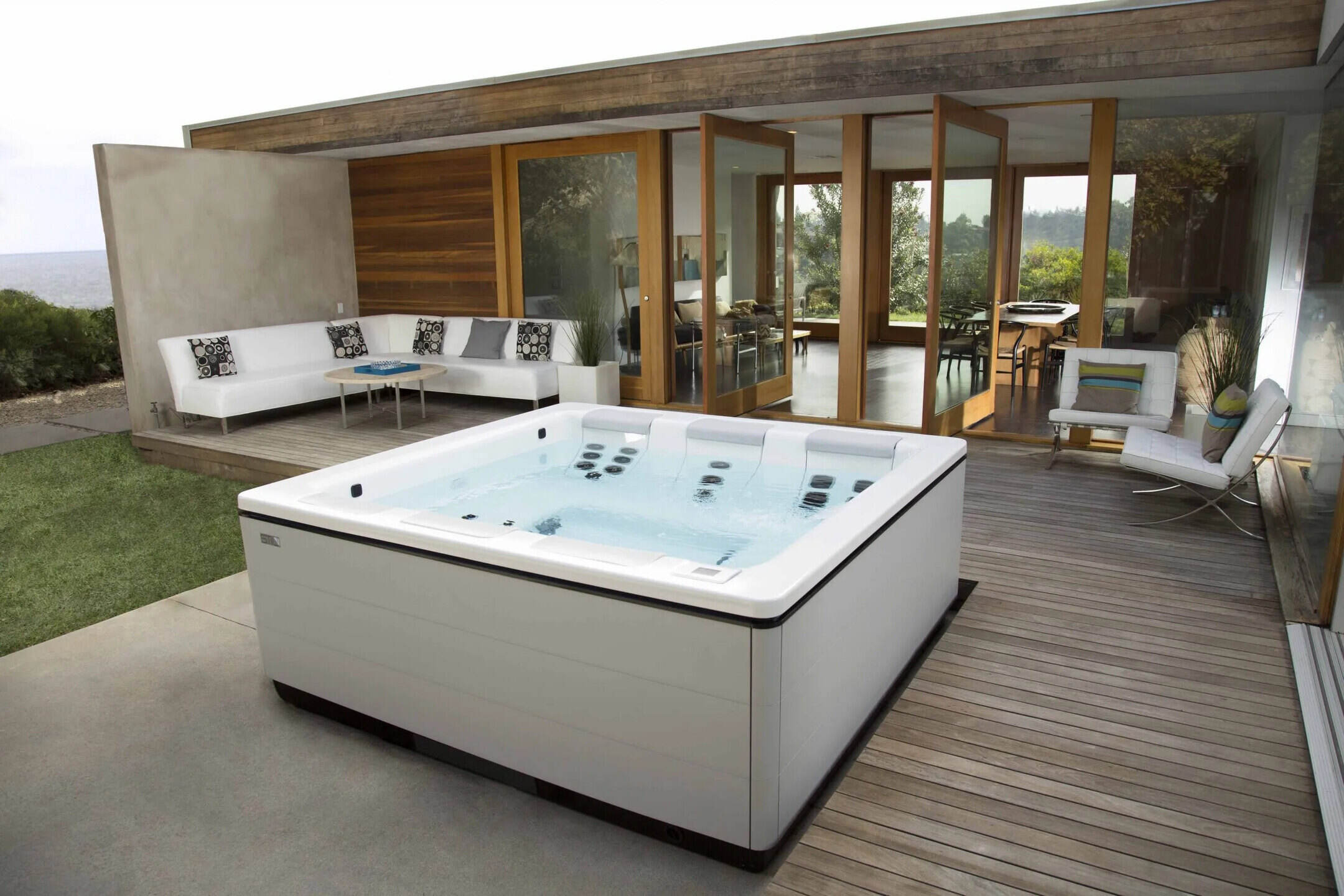
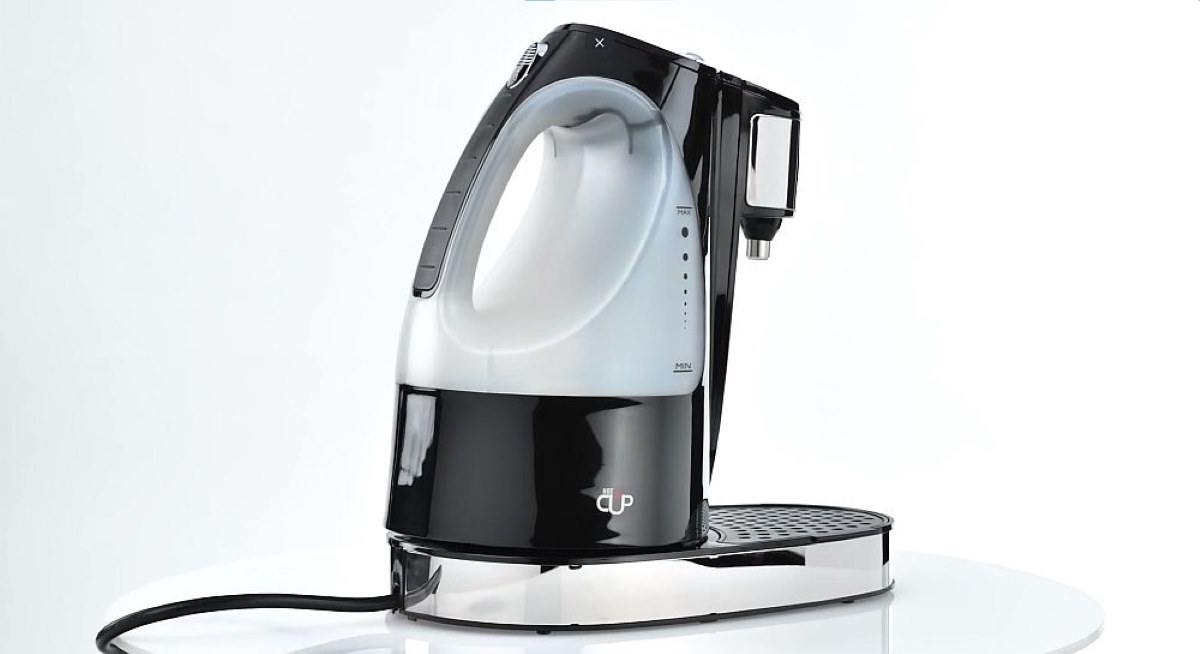
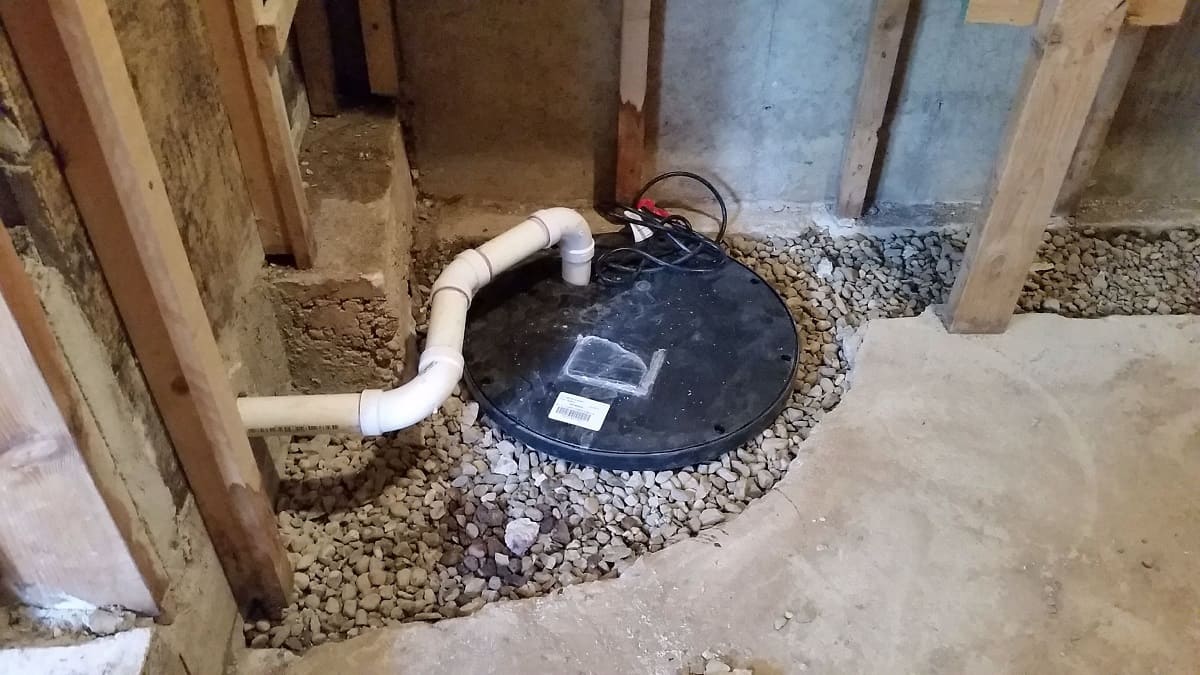
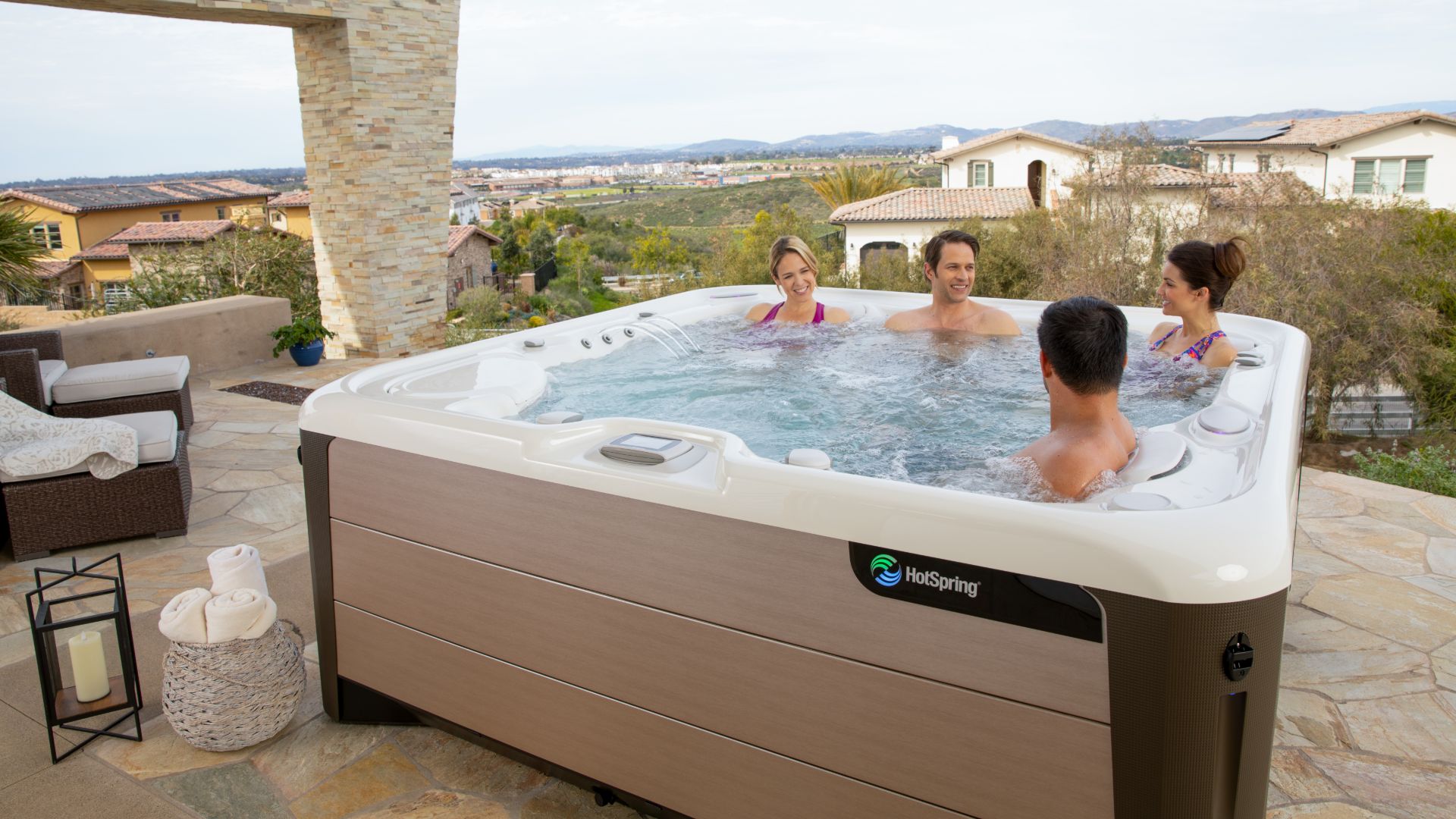

0 thoughts on “How Does A Hot Tub Pump Work”